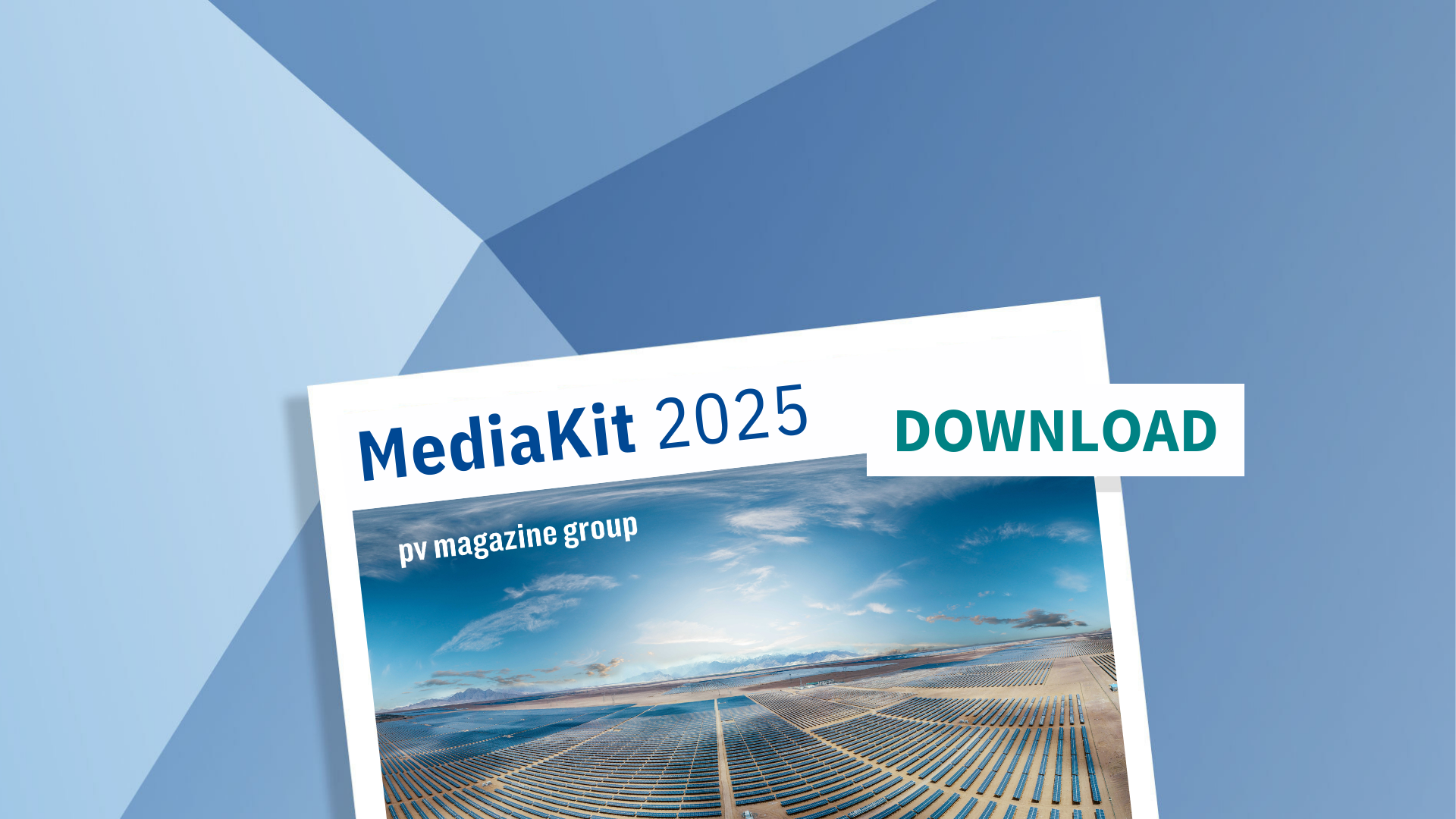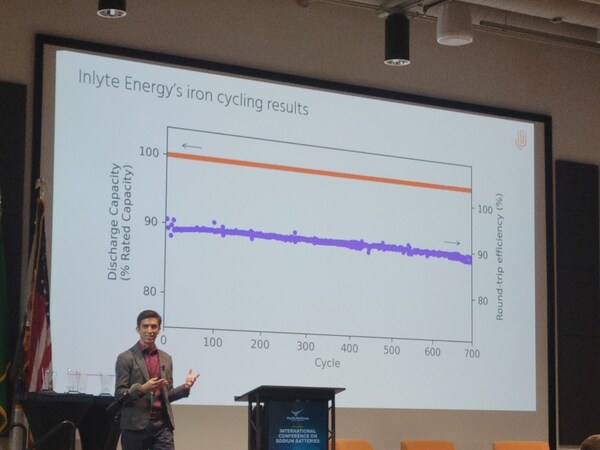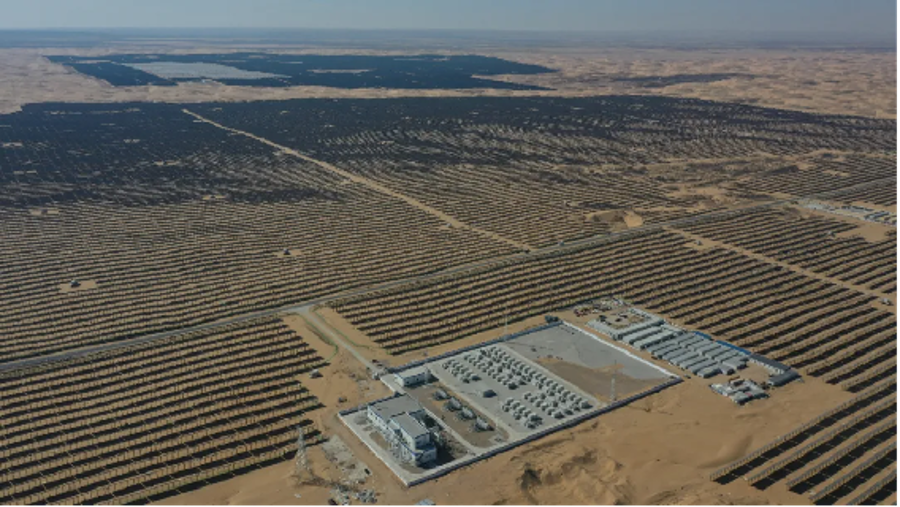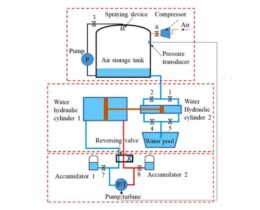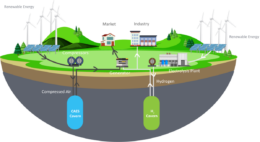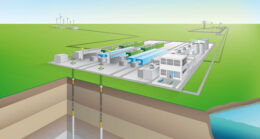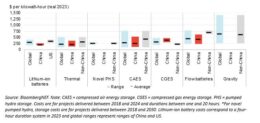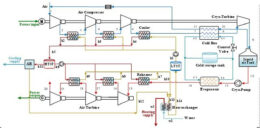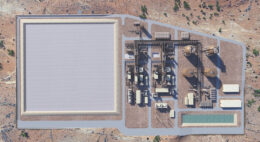Test bench for aboveground compressed air energy storage systems
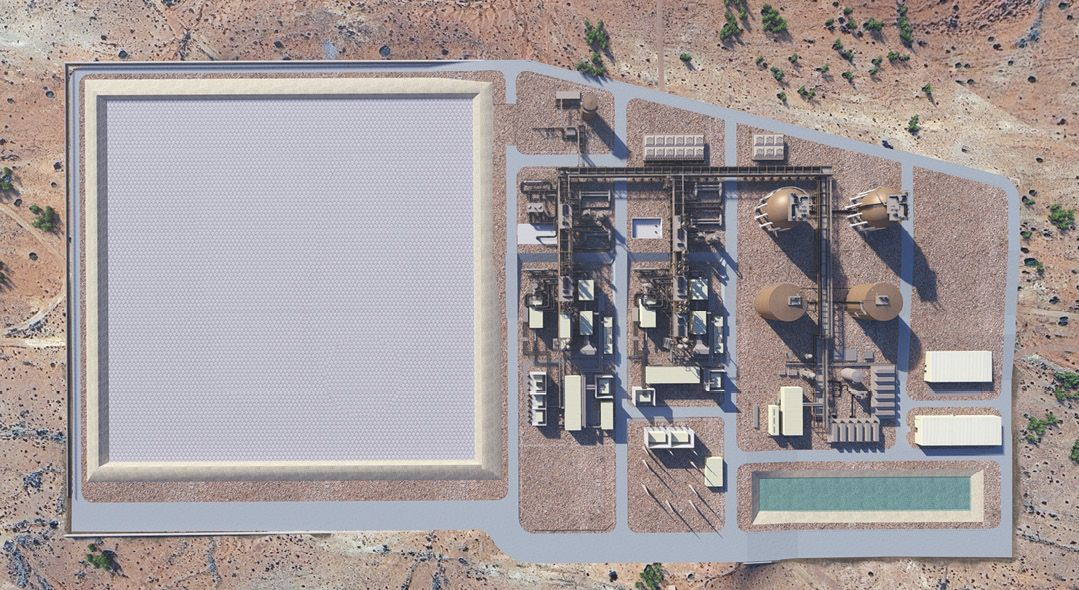
Researchers from Canada have analyzed the performances of an aboveground compressed air energy storage system (CAES) with both an experimental setup and a numerical model. A quasi-steady-state approach for system modeling was then able to predict different parameters of the experimental setup with a mean absolute percentage error (MAPE) of less than 4%.
“This study hypothesizes that the development of a fully instrumented test bench and an advanced numerical model, integrating real air properties and accounting for heat transfer dynamics, will significantly improve the model capability in representing the real behavior of CAES systems by minimizing errors,” they explained. “It is further hypothesized that this improved model will enable a detailed parametric analysis, which will help identify specific opportunities for system improvement.”
CAES can help utilize the intermittent nature of solar energy, as it can store compressed air in a time of production surplus and release it in time of deficits. While underground CAES can be used on a grid scale, an aboveground system is more flexible, although the research about it is less mature.
“CAES system operates as follows: during surplus energy periods, electricity is used to power a motor that drives a compressor. This compressor then compresses ambient air into a storage reservoir,” the academics explained. “When there is a demand for electricity, the compressed air from the reservoir is released and directed to a turbine. The turbine converts the air’s pressure energy into rotary motion, which is then used to drive a generator to produce electricity.”
The experimental setup created by the scientists included a 45 kW compressor, a control unit, an adsorption dryer, and 20 reservoirs with a combined volume of 5.86 m3. Based on results obtained from the operation of this system and the reviewed literature, the scientist created a model to predict its operation, using a quasi-steady-state approach.
“The quasi-steady-state approach models the transient dynamics of the system, partitioning calculations into smaller intervals characterized by steady-state conditions,” the group explained. “This method allows us to consider changes in ambient conditions over time, providing a dynamic simulation of the system’s response, which is an improvement over the steady-state assumptions used in other reviewed studies.”
The model was further calibrated and achieved a MAPE ranging between 0.21% and 3.58% across its 13 parameters. “With MAPE values consistently below 4.0%, confidence in the model’s capacity to accurately simulate the system’s dynamics is engendered, thereby furnishing a robust groundwork for the subsequent parametric analyses,” the researchers said, noting that the proposed model facilitates the deliberate manipulation of parameters, thus enabling a systematic assessment of its round-trip efficiency (RTE).
Based on the parametric analysis, the research group found that compressing air at lower temperatures reduces compressor workload and extends the charging duration, resulting in a 1% increase in RTE. They also found that lowering the polytropic index towards a near-isothermal process achieved a 7.5% increase in RTE with preheating. Finally, the team also found that “increasing the number of expansion stages from one to three significantly improved RTE from 5.5 % to 16.%.”
The results were presented in “Aboveground compressed air energy storage systems: Experimental and numerical approach,” published in Energy Conversion and Management. The research was conducted by Canada’s École de technologie supérieure (ÉTS) and the Hydro-Québec Research Institute (IREQ).



